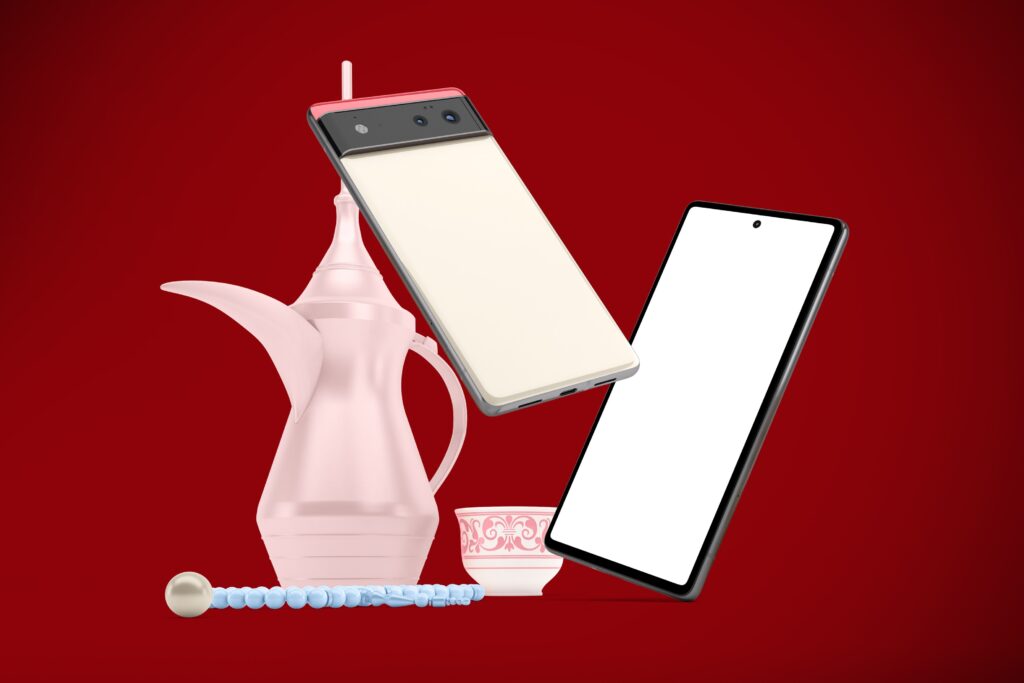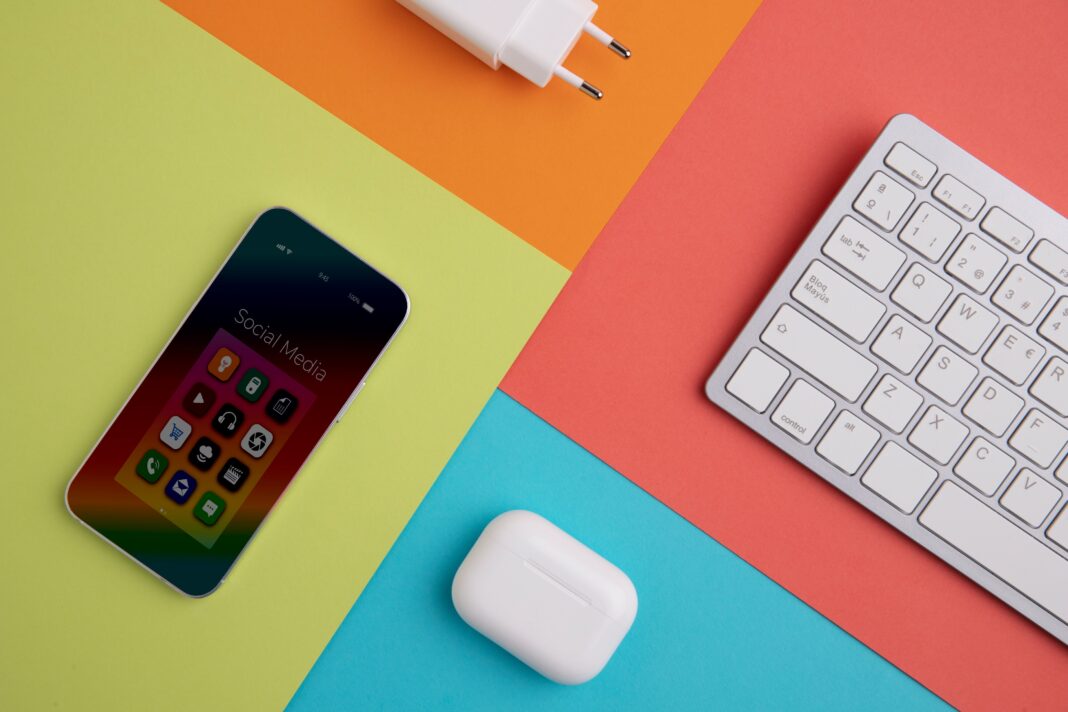A decade ago, flagship smartphones cost around 600–600–700. Today, premium models like the iPhone 15 Pro Max and Samsung Galaxy S24 Ultra easily exceed 1,300—sometimesevenapproaching1,300—sometimesevenapproaching2,000 with storage upgrades. This dramatic price surge has left many consumers questioning why smartphones have become so expensive and whether the rising costs are justified.

Several factors contribute to this trend, including advancements in technology, supply chain disruptions, inflation, and shifting consumer expectations. This article will break down each of these elements in detail, providing a comprehensive understanding of why smartphone prices continue to climb.
1. The Rising Costs of Advanced Hardware Components
1.1. Processor and Chipset Costs
Modern smartphones rely on powerful chipsets that rival laptop processors in performance. Companies like Apple (A-series), Qualcomm (Snapdragon), and Samsung (Exynos) invest billions in research and development (R&D) to create faster, more efficient chips.
- Smaller Nanometer (nm) Processes – Chip manufacturers are constantly shrinking transistor sizes to improve efficiency. Moving from 7nm to 5nm, then 4nm, and now 3nm (e.g., Apple A17 Pro, Snapdragon 8 Gen 3) increases performance but also raises production costs due to complex fabrication techniques.
- Licensing Fees – Companies like Qualcomm charge smartphone brands for using their modems and patents, adding to the final price.
1.2. Display Technology Innovations
Smartphone screens have evolved from basic LCD panels to high-refresh-rate OLED and LTPO displays with adaptive refresh rates (1Hz–120Hz).
- OLED vs. LCD – OLED screens offer deeper blacks and better contrast but are more expensive to produce.
- Higher Refresh Rates (120Hz, 144Hz, even 165Hz in gaming phones) – Smoother scrolling and animations require advanced display controllers, increasing costs.
- Foldable Screens – Devices like the Samsung Galaxy Z Fold 5 use ultra-thin flexible glass and complex hinge mechanisms, driving prices beyond traditional flagships.
1.3. Camera Systems: From Single Lenses to Multi-Sensor Setups
A decade ago, smartphones had one rear camera. Today, flagship phones feature:
- Triple or Quad-Camera Arrays (wide, ultra-wide, telephoto, periscope zoom)
- Larger Sensors (e.g., Sony IMX989 1-inch sensor) for better low-light performance
- Computational Photography (AI-enhanced HDR, night mode, portrait mode) requiring powerful image signal processors (ISPs)
Each additional lens and sensor adds to the manufacturing cost, with periscope zoom mechanisms being particularly expensive.
1.4. Memory and Storage: Faster, But Pricier
- RAM (LPDDR5X) – High-speed memory improves multitasking but costs more.
- Storage (UFS 4.0) – Faster read/write speeds benefit app loading and file transfers, but premium NAND flash storage is costly.
- 512GB/1TB Options – Higher storage tiers significantly increase the price (e.g., +200–200–400 for 1TB models).
1.5. Battery and Charging Technology
- Larger Batteries (5,000mAh+) for all-day usage
- Faster Charging (100W–240W) requiring advanced cooling and circuitry
- Wireless & Reverse Charging adding complexity
2. Research & Development (R&D) Costs Are Skyrocketing
Tech companies spend billions annually on innovation to stay ahead of competitors.
2.1. Proprietary Chip Development
- Apple’s A-series and M-series chips
- Google’s Tensor processors
- Samsung’s Exynos chips
Developing custom silicon requires massive R&D budgets, which are factored into smartphone prices.
2.2. Foldable & New Form Factors
Samsung, Huawei, and Motorola invest heavily in foldable phones, which require:
- Durable hinge mechanisms
- Flexible OLED panels
- Specialized software optimization
These innovations don’t come cheap, leading to $1,500+ price tags for foldables.
2.3. AI and Machine Learning Integration
- On-device AI processing (e.g., Google’s Gemini Nano, Apple’s Neural Engine)
- Generative AI features (real-time translation, photo enhancement)
- Voice assistants (Siri, Google Assistant, Bixby)
Training AI models and optimizing them for smartphones require significant investment.
3. Supply Chain and Manufacturing Challenges
3.1. Semiconductor Shortages
The global chip crisis (2020–2023) disrupted production, leading to:
- Increased component costs
- Longer wait times
- Higher retail prices
3.2. Geopolitical Factors (US-China Trade Wars)
- Export restrictions on advanced chipmaking equipment
- Tariffs on imported components raising costs
3.3. Premium Materials Increase Durability (and Costs)
- Titanium frames (iPhone 15 Pro)
- Ceramic backs (Xiaomi Mix series)
- Gorilla Glass Victus 2 for scratch resistance
These materials are more expensive than plastic or aluminum.
4. Marketing and Brand Premiums
4.1. High-Profile Advertising Campaigns
- Super Bowl ads (Apple, Samsung)
- Celebrity endorsements (BTS for Samsung, NBA stars for iPhone)
- Global launch events (Unpacked, Apple Keynotes)
These marketing efforts cost millions, influencing retail prices.
4.2. Luxury Branding Strategies
- Apple positions iPhones as premium lifestyle products
- Samsung’s Ultra models compete with high-end rivals
- Huawei’s Porsche Design editions cost over $2,000
Consumers pay extra for perceived exclusivity.
5. Inflation and Economic Factors
5.1. Rising Labor Costs
- Higher wages in manufacturing hubs (China, Vietnam, India)
- Increased logistics expenses
5.2. Currency Fluctuations
- Weaker local currencies make imports more expensive
- Companies adjust prices regionally
6. 5G and Connectivity Expenses
6.1. 5G Modem Licensing Fees
- Qualcomm charges for 5G patents
- Apple’s shift to in-house modems (delayed, increasing costs)
6.2. mmWave vs. Sub-6 GHz 5G
- mmWave (faster but pricier to implement)
- More antenna bands require complex designs
7. Software and Long-Term Support Costs
7.1. Extended Software Updates
- Apple offers 7+ years of iOS updates
- Samsung promises 7 years for Galaxy S24
Longer support means ongoing development expenses.
7.2. Cloud Services & Subscriptions
- iCloud, Google One, Samsung Cloud
- Bundled subscriptions (Apple TV+, Google Photos)
These add-ons increase perceived value but also costs.
8. Environmental and Regulatory Compliance
8.1. Right-to-Repair Laws
- EU mandates replaceable batteries by 2027
- More modular designs increase production complexity
8.2. Sustainable Materials & Packaging
- Recycled aluminum, bio-based plastics
- Reduced charger inclusion (cuts waste but shifts cost elsewhere)
9. Consumer Demand for Premium Features
9.1. The “Flagship Mentality”
- Users expect the best cameras, performance, and build quality
- Brands push boundaries with each generation
9.2. Niche Markets (Gaming Phones, Rugged Devices)
- ASUS ROG Phone, RedMagic, CAT rugged phones
- Specialized cooling, shoulder triggers, enhanced durability
10. The Future of Smartphone Pricing
10.1. Will Prices Keep Rising?
- Yes, for flagships due to R&D and inflation
- Mid-range phones will adopt premium features at lower costs
10.2. Alternatives to Expensive Flagships
- Refurbished phones
- Older-generation models
- Budget brands (Pixel A-series, Galaxy FE)
Frequently Asked Questions (FAQ)
Q: Why do iPhones cost more than Android phones?
A: Apple controls its ecosystem (hardware + software), uses custom chips, and offers long-term support, justifying higher prices.
Q: Are foldable phones worth the cost?
A: If you need a phone-tablet hybrid, yes. But traditional flagships offer better durability.
Q: How can I save money on my next smartphone?
A: Buy last year’s model, consider mid-range phones, or opt for refurbished devices.
Q: Will smartphone prices ever decrease?
A: Unlikely for flagships, but mid-range phones keep getting better.
Conclusion
Smartphone prices are rising due to a mix of advanced technology, supply chain challenges, inflation, and consumer demand for premium features. While flagship devices continue to push boundaries (and prices), budget and mid-range options now offer impressive performance at lower costs. Understanding these factors helps consumers make smarter purchasing decisions in an increasingly expensive market.
Would you like any refinements or additional sections?

